Jorge Diaz Chao
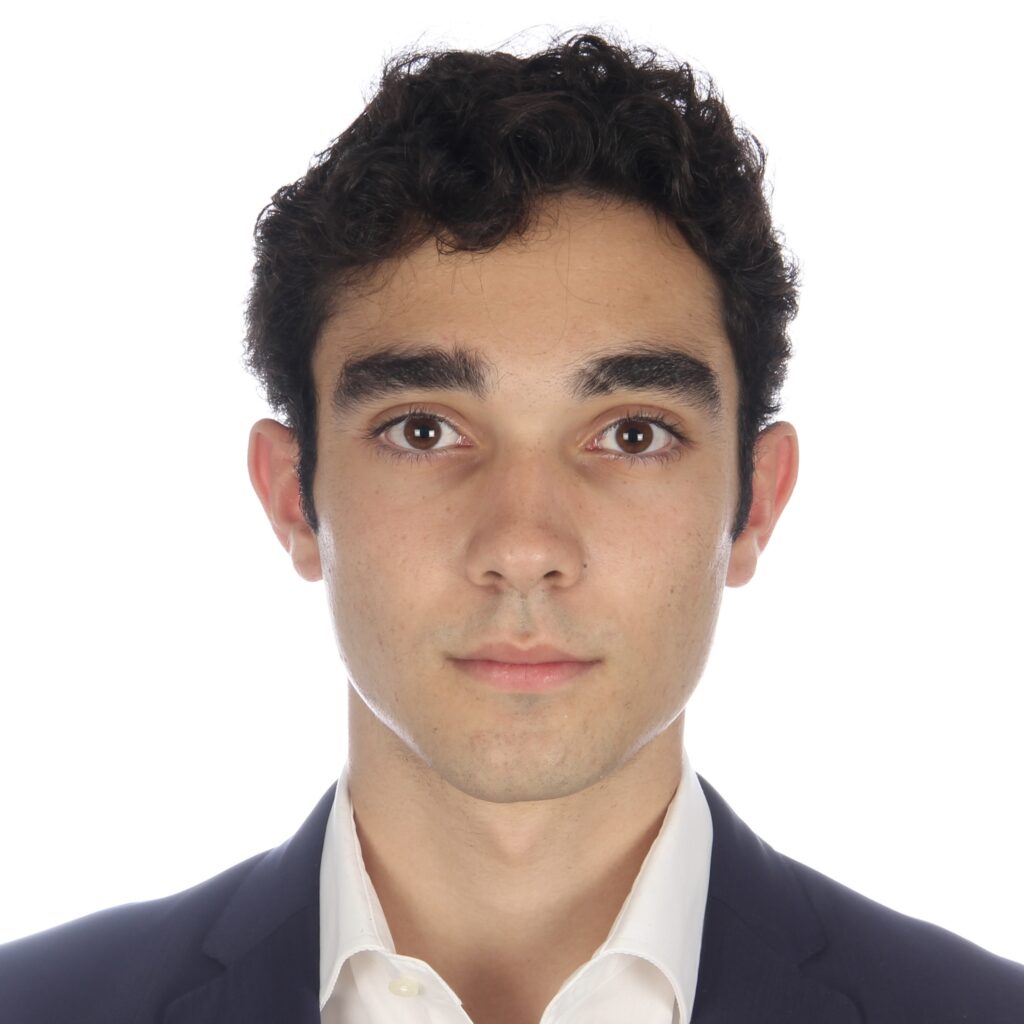
We are building a novel platform that introduces a new dimension to asynchronous learning—like YouTube did upon launch—by empowering users with no coding experience to democratize their knowledge on tasks involving coordinated motor skills through Augmented Reality (AR) scenarios. Our work involves designing a user interface capable of inferring motor and linguistic cues from demonstrations and explanations, and writing an algorithm that synthesizes probabilistic code, namely Scenic, that models motion primitives to build complex behaviors. To do so, we employ tools such as symbolic learning and Large Language Models (LLMs) […]
Isadora Duskin-Feinberg

Dance historian Marion Kant exclaimed, “Ask any young woman on her way to a [ballet] performance…what most clearly symbolizes ballet and she will probably answer – the skirt and the pointe shoe. She will not quote sentences from the story and may recall only a few names of the characters…Has ballet no message?” The wider public focuses little on the messages of Ballet, such as academic research focusing mostly on the science of ballet. My research focus for this project will be comparing and contrasting the messages/depictions of ballet created […]
Benjamin Eisley

In the past few years, neural networks have gone from obscure to ubiquitous. This technology is shockingly versatile, but conceptually ill-understood: there is a large gap between practice and theory, and much has yet to even be conjectured. For example, scientists are baffled by the overfitting paradox. Overfitting is usually a problem when programmers model a complex system such as the brain. Programmers must base their model on finitely many examples of that system’s behavior. Traditionally, programs that perfectly replicate these examples forget the underlying system. Surprisingly, large neural networks […]
Nir Elber
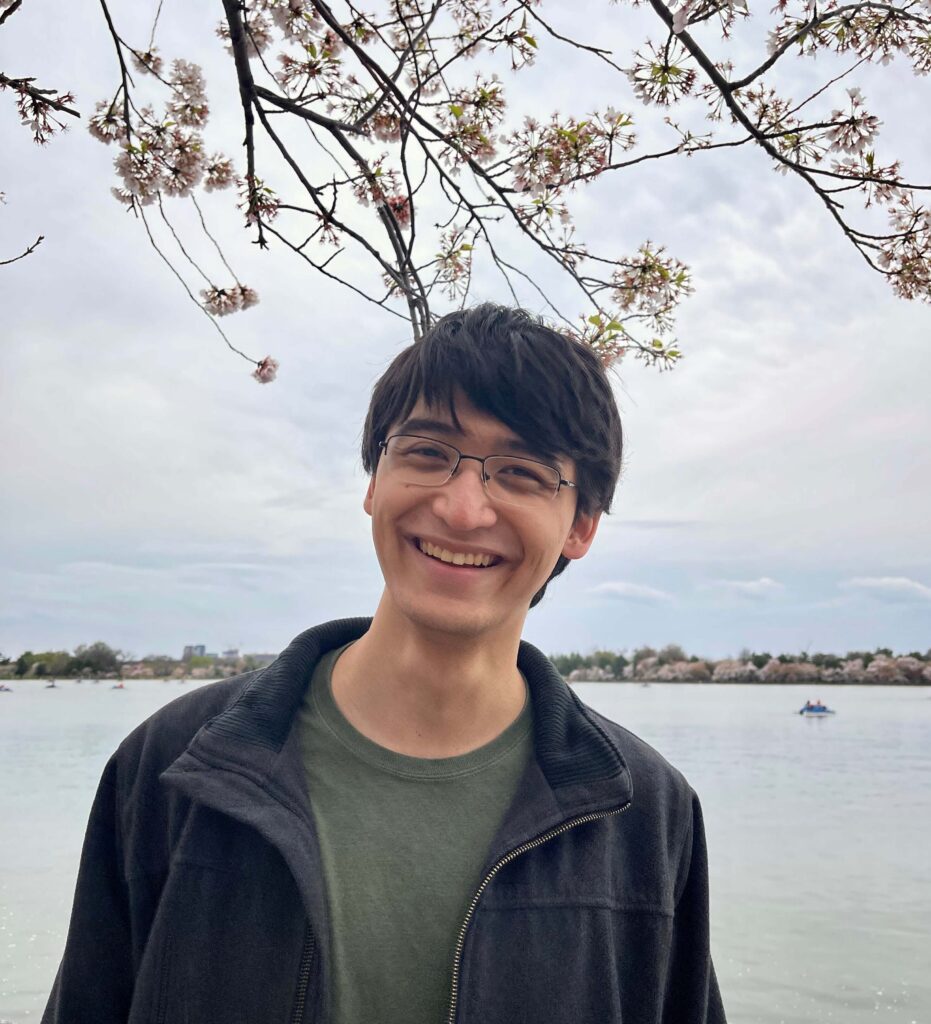
One goal of arithmetic geometry is to enumerate the points on geometric surfaces with rational coordinates. Over the past century, it has been profitable to study the geometry of the surface directly. For example, a “cohomology theory” is a way to assign a sequence of geometric invariants to the surface; it turns out that one can use cohomology in order to count points. Given a surface, there tend to be many reasonable cohomology theories. This project is interested in the symmetries of a cohomology theory. Given a cohomology theory, it […]
Shreya Chaudhuri
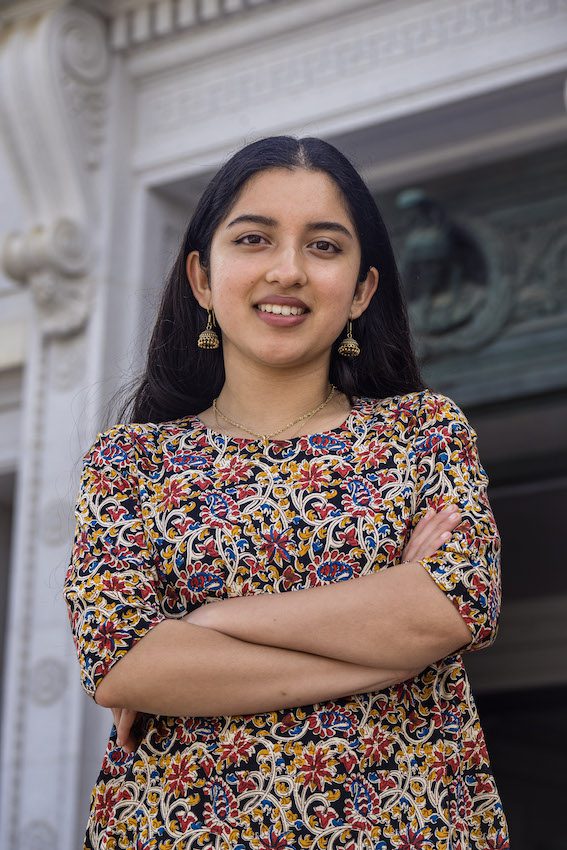
My family’s roots belong to the land of Dibrugarh, Assam – the tea capital of India. From exploitation at the hands of the British Raj to decolonization with my ancestors rematriating land, the tea farm that we have tended to has undergone many transformations. India’s tea industry, which has colonial roots, is one of the largest in the world, exporting $709,000,000 of tea annually. Recently, there has been rampant corporatization of the tea industry, which is supported by a $7.8 billion investment from the World Bank. Our land is dying, […]
Jacqueline Chavez

Indigenous erasure has been prevalent throughout history affecting the way people choose to identify with their roots. This is a struggle that 1.5 and second-generation Oaxacan-identifying students pursuing post-secondary choose to identify with their indigenous roots. By interviewing Oaxacan students about their experiences growing up and qualitatively analyzing their experiences, I seek to understand the power of storytelling and memory pathways with an emphasis on factors that have led to their identity formation. While some immigrant families tend to preserve their traditions and maternal languages, the intention of retaining their […]
Keon Abedi
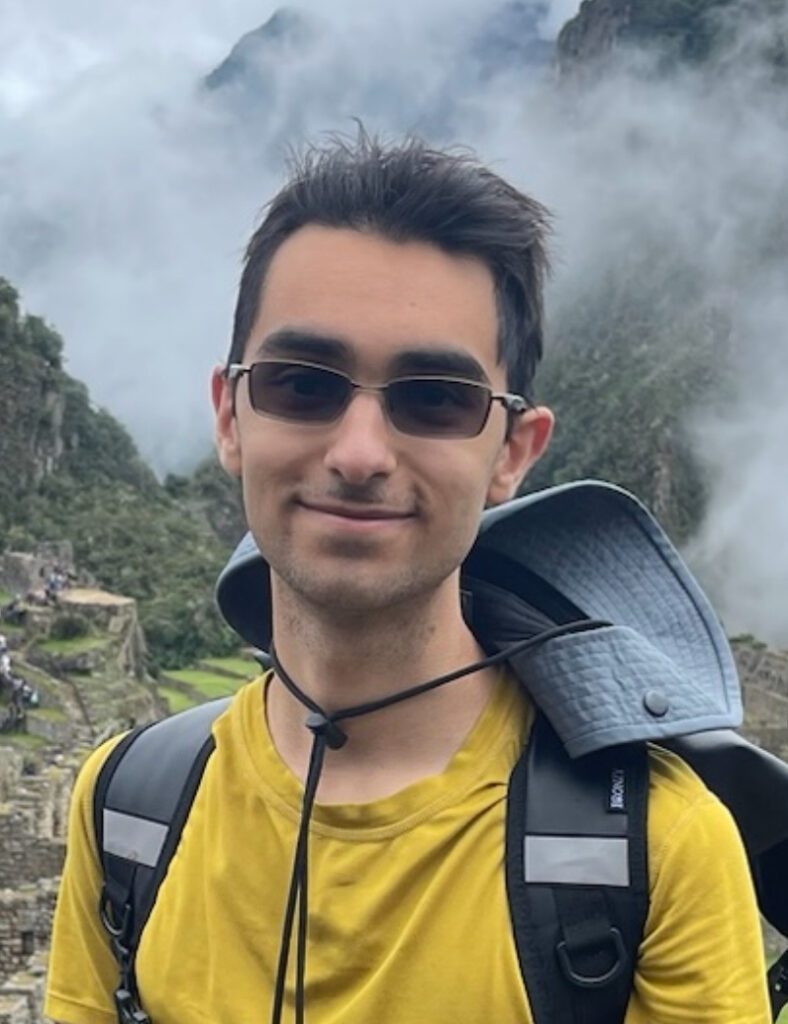
This project will investigate how the frequency of a mutation changes over time when in the presence of correlated environmental noise. This is an open question in the biophysics of evolutionary dynamics, which seeks a quantitative framework for Darwin’s theory of natural selection. The core idea of evolution is that a mutation’s frequency tends to increase over generations when it offers an advantage to its hosts. For example, in an environment with antibiotics, mutations conferring antibiotic resistance are strongly favored and can quickly become prevalent across a bacterial population; we […]
Ekansh Agrawal

X-linked Severe Combined Immunodeficiency (X-SCID) is a genetic disease that predominantly affects XY individuals. It is caused by mutations affecting the IL2RG gene on the X-chromosome and occurs in roughly 1/50,000 to 1/100,000 births. The genetic disease itself affects the expression of the common gamma chain found in a variety of immune cell receptors such as Interleukin-2 Receptor (IL-2) and interleukin-7 Receptor (IL-7). This can result in low numbers of T-cells, Natural Killer Cells, and low B-cells causing patients to be increasingly susceptible to diseases. Without treatment, undiagnosed children typically […]
Alejandra S. Aguilar Arce

The Spanish speaking population has been growing rapidly in the U.S in the past decades, particularly the Mexican dialect. For this reason, understanding the dynamics of dialect contact and bidialectalism between Spanish dialects is important. I aim to conduct research to investigate the extent of influence that the Mexican dialect of Spanish has had on other Spanish speakers and their native dialects within the California Bay Area. Despite extensive research on dialect contact in cities like New York City and Los Angeles, there has not been enough conducted in the […]
Ayah Aldajani
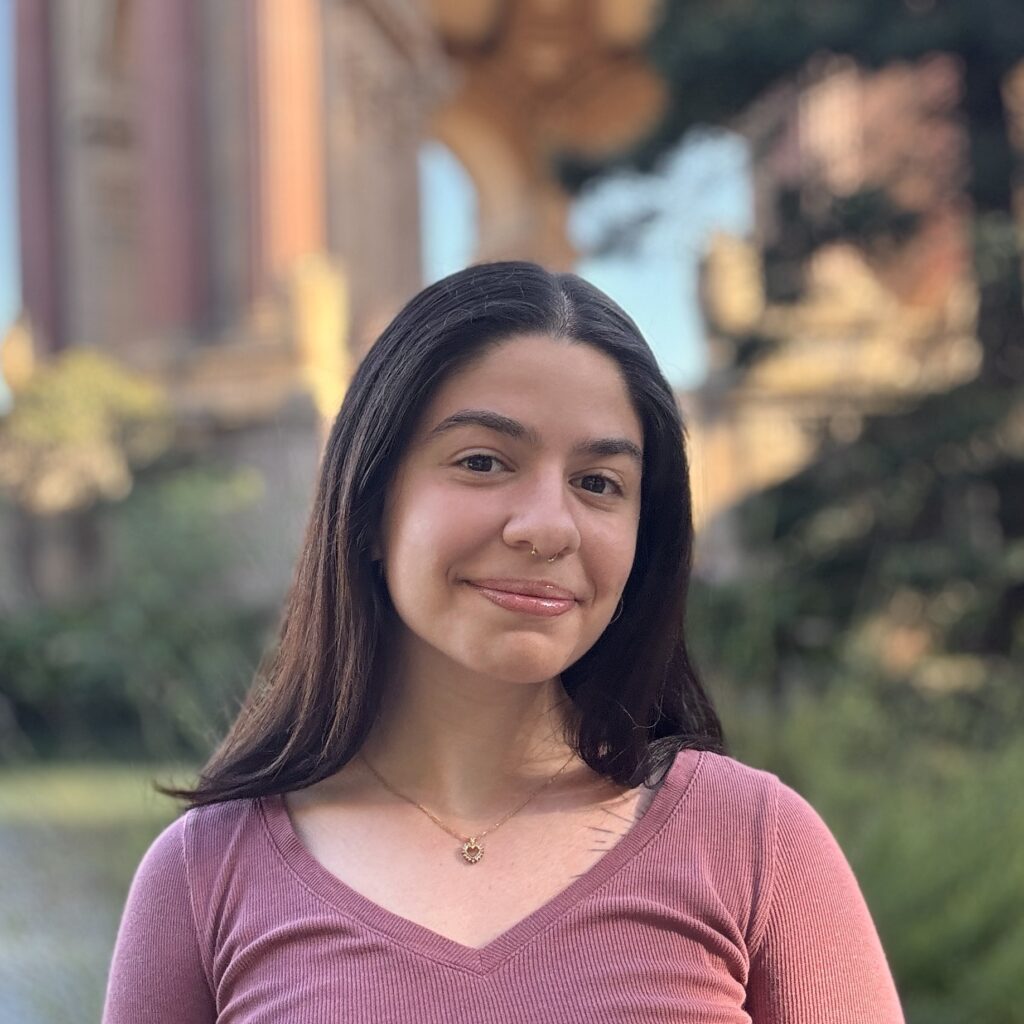
Children are notorious for being the sneakiest eavesdroppers, much to caregivers’ dismay. But could this mischief, actually be beneficial for their language development? According to research, overheard speech plays a significant role in children’s learning of words and facts, yet there is a gap in the literature when it comes to understanding which attentional cues indicate learning from overhearing. This raises the question: When children are surrounded by speech that is not directed to them, how do they decide what to attend to, and how can this support their learning […]